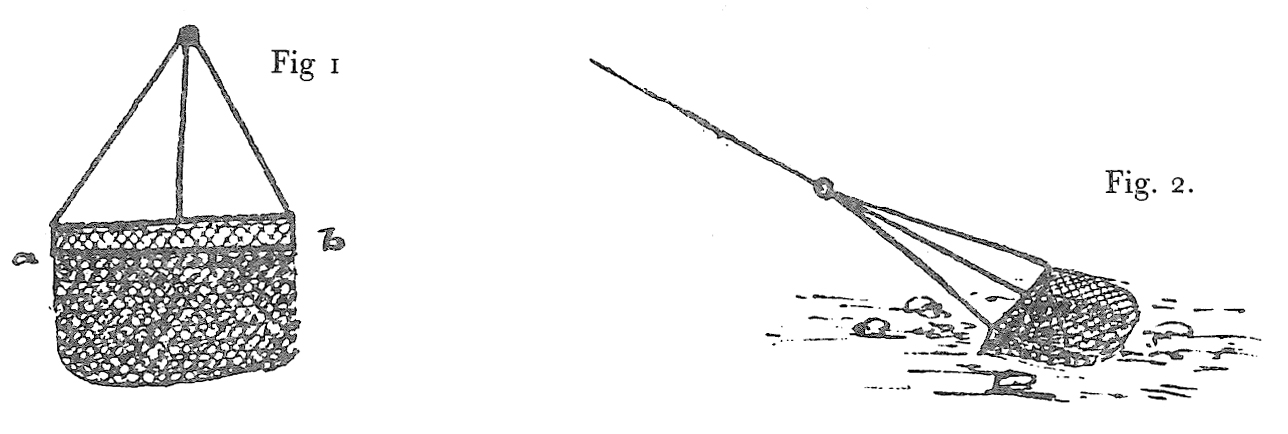From John Coldstream 13 September 1831
My dear Darwin
I was no less surprized than delighted to see your handwriting once more on a letter addressed to me. It is indeed “a long time” since I received any accounts of you. You will be a most useful man in the situation which you have the prospect of filling in Captn Fitzroy’s expedition, if your Zeal in the pursuit of Science, and your bodily strength remain the same as they were when I had the pleasure of seeing you here. I have no doubt that both are increased; and, accordingly, I anticipate much good from your labours in the South.— The paper by Dr Brewster to which you refer is that, I presume, on the series of hourly Meteorological observations made at Leith Fort in 1824 & –25. It is in the Xth Vol. of the Transactions of the Royal Socy. of Edinr., published in 1826 or –27. The only other paper to which I can suppose you to refer is one “on the mean temperature of the globe”. It is in the IXth. Vol of the same Transactions.1 As I have paid very little attention to Natural History of late, I feel myself but ill prepared to give you any information which might be of service to you:—but with regard to the collecting of marine animals, I may state, that I think a common oyster-trawl, of the ordinary size, would prove very serviceable. This you may readily procure in any of the fishing villages at the mouth of the Thames, (if not in London)—but, as you wish it, I shall sketch a figure of the dredge or trawl usually employed in the Firth of Forth.

The frame is made of iron, and measures from a to b, fig. 1. about 3 feet;—the bar which scrapes the ground has a blunt edge in front; the lower surface of the bag is formed of iron rings, the upper of strong netting. Fig. 1. is a front view with the bag hanging down. Fig 2 is a view of the implement in operation.
You might supply yourself also with a few lobster traps of various constructions. Many of the rarest of our Mollusca and Zoophytes are found adhering to the deep sea fishing lines; (such as are set for cod and haddock, and allowed to remain at sea for many hours together undisturbed). When at anchor, you might “shoot” some such lines, with small pieces of worm:eaten wood, or small baskets &c, as well as hooks, attached to them: by leaving these in the water over night, sunk to a considerable depth, you might obtain a rich supply in the morning.
I hope you will see Dr Grant before you sail, as he can give you many valuable hints. In determining upon the circumstances to which you should attend in making Meteorological observations, and the best mode of registering these, I think you can hardly set before yourself a better model than the excellent Journal contained in Capn. Beechey’s Voyage to the Pacific.2 It is truly valuable. Allow me to suggest, also, that you should endeavour to obtain an interview with Professor Daniell, of King’s College3 before you leave. He is, I think, better qualified tha⟨n⟩ any other British philosopher to direct your attention to the points which you should chiefly attend to in observing Atmospherical Phenomena. If I can be of any further service to you in this matter I shall be very happy to hear from you. Have you heard of our mutual friend Glasspoole of late?
With the best wishes for your welfare & success, I remain, with much esteem, Yours most sincerely | John Coldstream *S 2
Leith 13th Sept 1831.
Footnotes
Bibliography
Beechey, Frederick William. 1831. Narrative of a voyage to the Pacific and Beering’s Strait, to co-operate with the Polar expeditions: performed in HMS Blossom … in the years 1825, 26, 27, 28. 2 vols. London.
Brewster, David. 1826. Results of the thermometrical observations made at Leith Fort, every hour of the day and night, during the whole of the years 1824 and 1825. [Read 23 January 1826.] Transactions of the Royal Society of Edinburgh 10: 362-88; Edinburgh Journal of Science n.s. 5: 18–32.
Summary
Suggestions and information helpful to CD in preparation for Beagle voyage. David Brewster’s meteorological papers. Suggests an oyster-trawl for collecting marine animals. Recommends CD see R. E. Grant. For meteorological observations suggests F. W. Beechey’s Voyage to the Pacific [1831] and an interview with J. F. Daniell of King’s College.
Letter details
- Letter no.
- DCP-LETT-124
- From
- John Coldstream
- To
- Charles Robert Darwin
- Sent from
- Leith
- Source of text
- DAR 204: 64
- Physical description
- ALS 3pp
Please cite as
Darwin Correspondence Project, “Letter no. 124,” accessed on 16 April 2024, https://www.darwinproject.ac.uk/letter/?docId=letters/DCP-LETT-124.xml
Also published in The Correspondence of Charles Darwin, vol. 1


